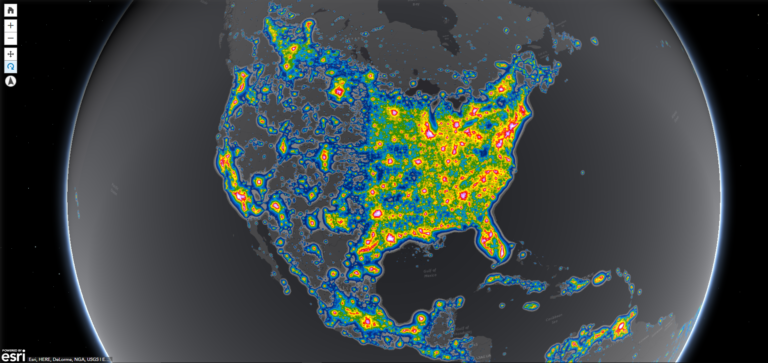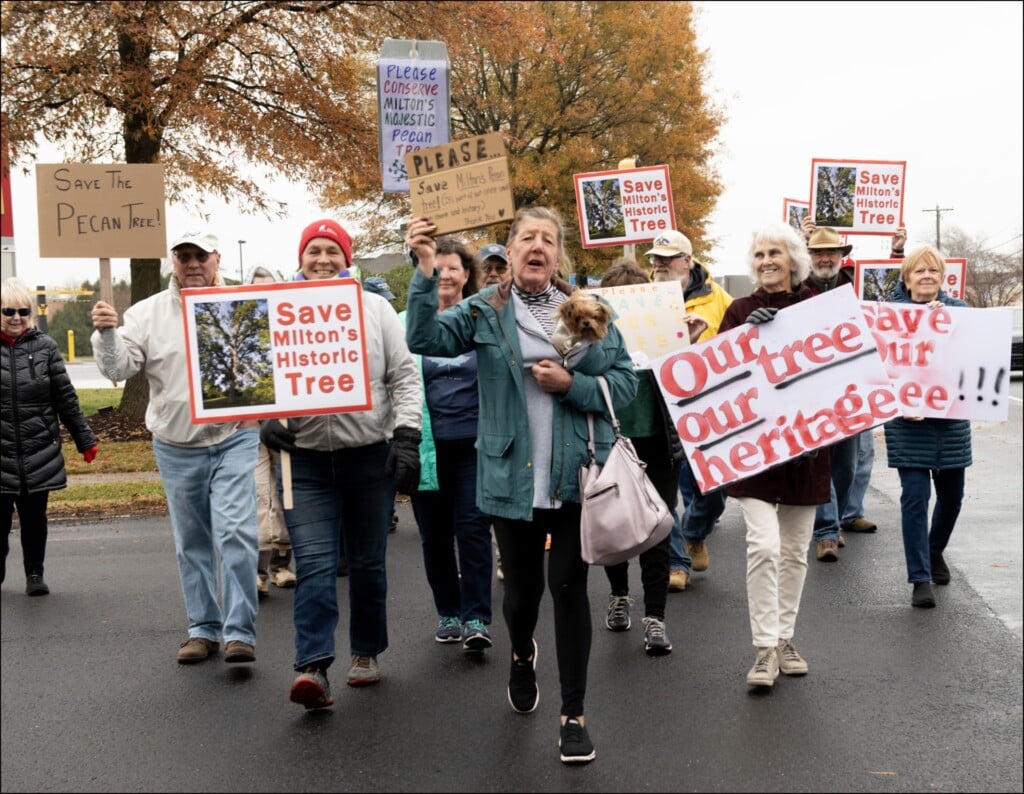Too Much Light Pollution

Most people have heard of the Milky Way, but according to recent research 80% of Americans and one third of the world’s population have never actually seen our galaxy. Why is everyone missing out on this spectacular array of stars? NOAA’s Cooperative Institute for Research in Environmental Sciences blames light pollution, and has created an atlas using low light imaging from satellite data which reveals locations across the globe that emit the most light. When artificial light is projected into the atmosphere, it creates a glowing fog that blocks stars and constellations. Even house and street lights contribute to the blocking effect. The atlas indicates that the nations with the highest amount of light pollution include Singapore, Italy, and South Korea. The safest havens for starry skies reside in Canada and Australia. In America, the best places to escape light pollution are national parks such as Yellowstone.
Light pollution is not only displeasing for star gazers, but it can be detrimental to wildlife such as birds and sea turtles that rely on diurnal patterns of sunset and sunrise. Cities can reduce the amount of light they are releasing by using shielded street and stadium lights. In addition, everyone can take an active role by shutting off lights around the house when possible.
The CIRES light pollution atlas can be viewed here.?
Kendra Spalding
